![]()
Albacete , a city of the ancient Spanish province of the Mancha, was founded by Muslims who named it "Al Basit" (the plain) given the characteristics of its placement.
It has evolved from a small village founded by Muslims into a modern capital of hard-working and friendly people. With over 160,000 inhabitants, it is the most populous city of Castile La Mancha . |
Albacete is a city of engrained traditions, but at the same time it is modern and cosmopolitan. Walking along its streets, one cannot help but appreciate its beautiful architectural contrasts: the cathedral from the era of Gothic to Baroque transition; the church of the Ascension, now utilized as a cultural center, the provincial government center, which dates from the nineteenth century, or the original Pasaje de Lodares, with its modern style. |
|||
 |
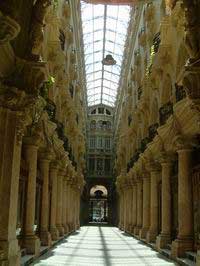 |
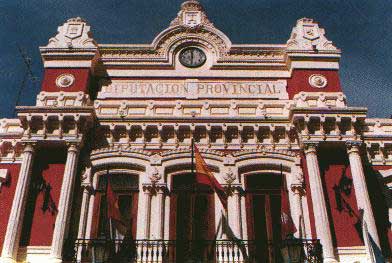 |
|
Cathedral |
"Pasaje de Lodares" |
Old Council bulding |
|
We can also emphasize the “Circo theater”, the library known as “library of the tank of Sun” and the University. |
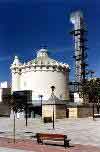 |
| It is easy to lose oneself in Abelardo Sanchez Park , and to be carried away by the atmosphere created by the nearly 125,000 trees of various species that have kept the secrets of the city so many years: the first mischief of its children, the first loves of its adolescents, and the last reflections of its elders. The Park without a doubt is the meeting point of the inhabitants of the city. It is the scene of numerous cultural and artistic activities. This extensive woody area is especially beloved by all. Children enjoy themselves in the play areas and the older generations share hours of conversation within its confines. |
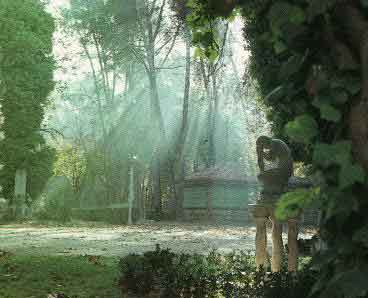 |
| For centuries the emblematic product of its artisans has been cutlery. This cultural inheritance from the Muslims continues vigorous even today. Despite modernization, many workshops still thrive through dedication to artisan production. It is the only Spanish city with an internationally prestigious museum dedicated to cutlery. |
|||
 |
 |
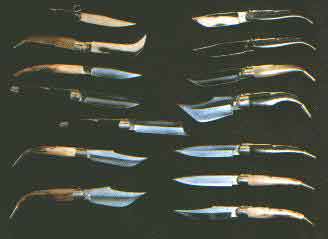 |
 |
|
|||
"Gazpacho Manchego" |
 |
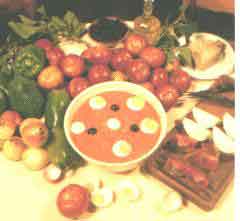 |
"Moje" |
"Ajo Mataero"
|
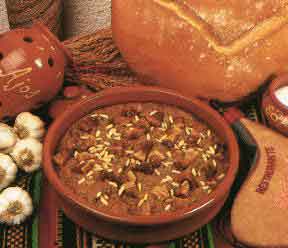 |
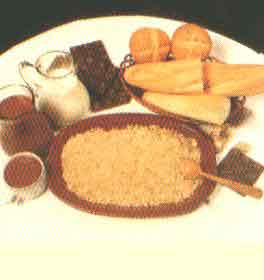 |
"Migas Ruleras" |
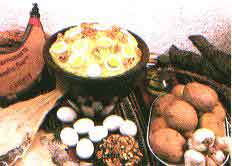 |
"atasca-burra" |
| In the month of September Albacete must be visited because the Fair begins! It is celebrated in honor of the Virgin of the Llanos, the patron saint of the city. The fairgrounds, which are unique in design for Spain , are known popularly for aesthetical reasons as the "Frying Pan". They hold nearly 300,000 people. |
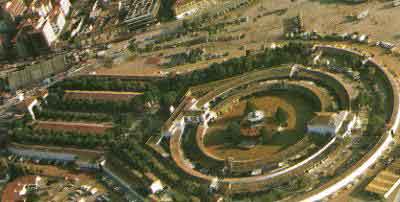 |
Like the city, the fair is an open space that beckons peoples from diverse locations, professions, cultures, religions, social classes, and ages to one place to share days of fiesta and happiness. During this event we learn from one another and live together in peace. |
||
 |
 |
 |
||
| Despite the buildings and traditions, what really characterizes Albacete is its hard-working, hospitable, welcoming, and friendly people. They are a people committed to their city and their world. Albacete is an important educational center where the smallest children are educated in the spirit of harmony and tolerance, and where "learning to live together", which Dr. Delors will speak about, is the foundation. All its schools follow attractive programs in which Education for Peace is the principle of daily doings. |
For this reason the First WORLD CONGRESS OF INFANT EDUCATION FOR PEACE had to be held here in Albacete, the region where Don Alonso Quijano el Bueno, known as Don Quijote, wandered for years--the man of whom we know all except where he was born, and who never lived outside of literary fiction, but left the mark of his personality behind nonetheless. Even in the madness of Don Quijote existed a plethoric personality that we educators would like to have and transmit to children . |
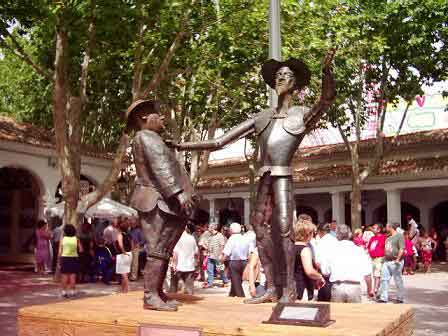 |
| The congress will also have space for Shows and Exhibitions (open not only to the congress members, but also to world citizens through the internet) with materials related to Education for Peace, curricular materials, books, and so on. |